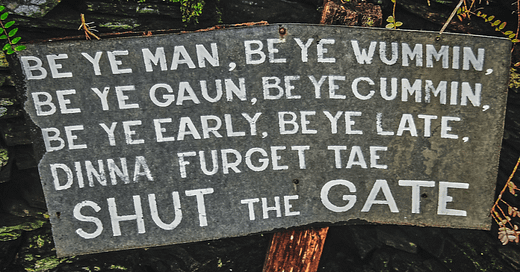
Distinction between Scottish Gaelic and Scots Language
Scottish Gaelic and the Scots language differ significantly from each other. Scottish Gaelic is an ancient Celtic language used in Scotland since at least the 4th century AD. In contrast, the Scots language is a Germanic dialect that emerged in Scotland during the Middle Ages. Although the two languages share some similarities, such as certain vocabulary, pronunciations, and syntax, they are fundamentally different in their writing systems, grammatical rules, and overall structure.
Scottish Gaelic is recognised as an official language of Scotland, with both written and spoken forms. It employs its own alphabet—the Ogham alphabet—for written communication and follows its own unique grammatical rules and syntax. The Scots language, on the other hand, is a dialect of English that has evolved in Scotland and Northern England. It lacks a distinct writing system and does not have formalised grammatical rules.
Despite their differences, both languages are integral to Scottish culture. They are used in various regions of Scotland and contribute to the nation's rich cultural heritage. While the Scots language is not officially recognised as a language by the Scottish government, it remains a vital part of Scotland's cultural and historical fabric.
Both Scottish Gaelic and Scots enhance Scotland’s cultural identity and history. As awareness grows regarding the importance of preserving these languages, they are increasingly appreciated and recognised as essential components of Scotland’s national identity.
Scottish Gaelic: An Overview
When travelling in Scotland, one cannot miss the profound presence of the Gaelic language, deeply embedded in the country's culture and daily life. This language dates back to the 6th century AD, brought over from Ireland and widely spoken across the Kingdom of Alba. Many place names in Scotland, such as Dundee and Ballachulish, originate from Gaelic words. Dundee derives from "Dùn Dè," meaning Tay Fort, and Ballachulish comes from "Baile a’ Chaolais," translating to ‘the village by the narrows.’
Gaelic is closely related to other Celtic languages, though its usage has declined due to historical events such as the Highland Clearances, religious changes, and population shifts. Despite these challenges, the influence of Gaelic endures in Scotland today, evident in traditional music festivals, lively ceilidhs, and Highland dancing.



